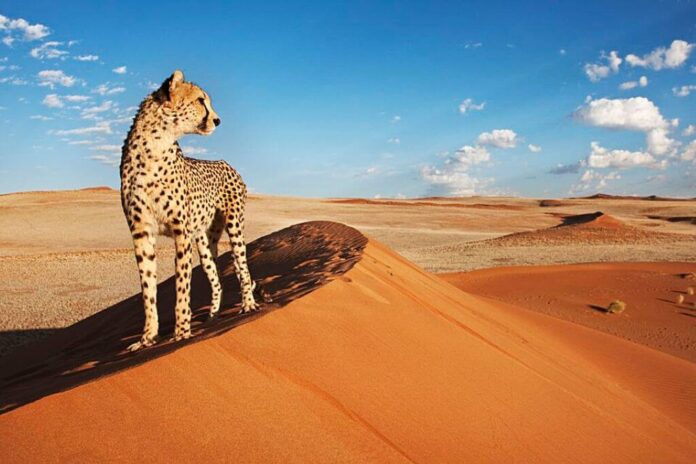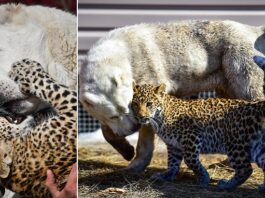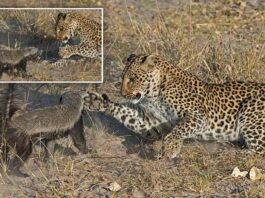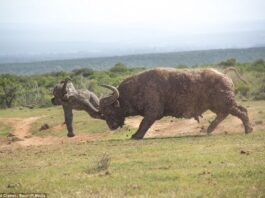Although Namibia is not the most well-known country in the world, you have probably heard of some of its most well-known attractions. We will examine the things that Namibia is renowned for and discuss their significance and allure.
1. Namib desert
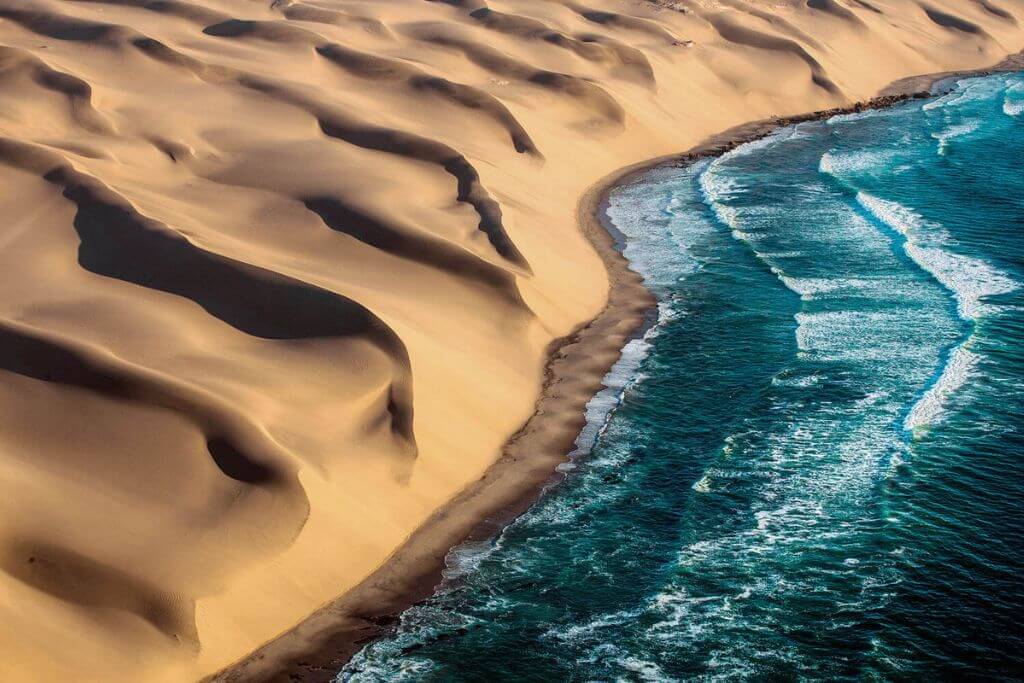
In addition to giving the nation its name, the Namib desert also covers a sizable portion of Namibia. In actuality, it reaches southern Angola and the northwest of South Africa in addition to Namibian territory. This area is mostly made up of sand dunes, some of which are enormous.
Although it isn’t the largest desert in the world, it is said to be the oldest, with ages ranging from 55 to 80 million years. It also has some of the driest locations on earth, with Chile’s Atacama desert challenging it only on both counts.
2. The huge sand dunes of Sossusvlei
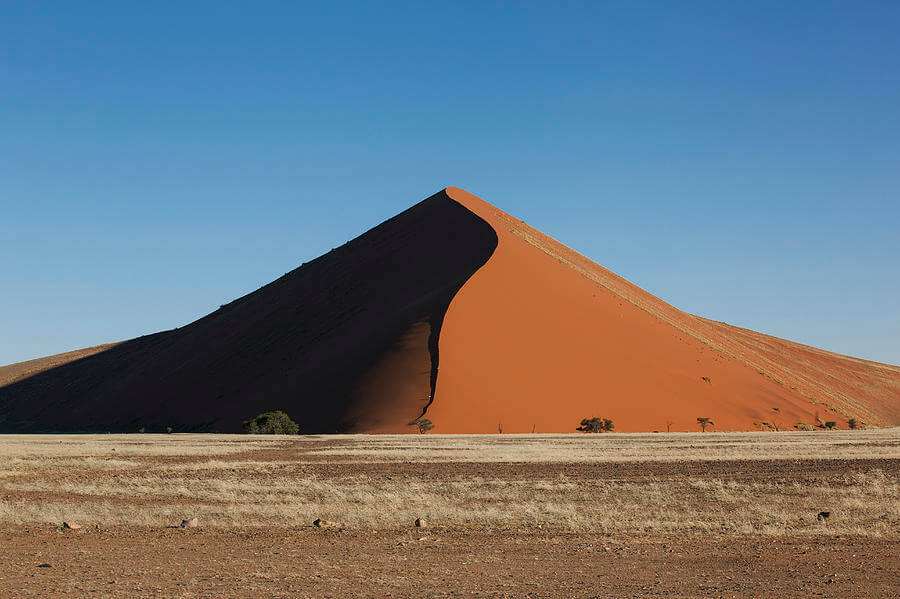
Even if you’ve never heard of Sossusvlei, chances are you’ve seen it in photographs of Namibia. Even though some of the sand dunes are well over 300 meters tall, they are not the largest in the world.
Since it is the seventh dune after passing through the Tsauchab River, the largest dune (1,256 feet – 383 meters) is known as Dune 7. Other well-known dunes include Dune 45 and Big Daddy (what a great name!). In fact, Dune 45 is reputed to be the most photographed place on Earth.
3. Etosha National Park
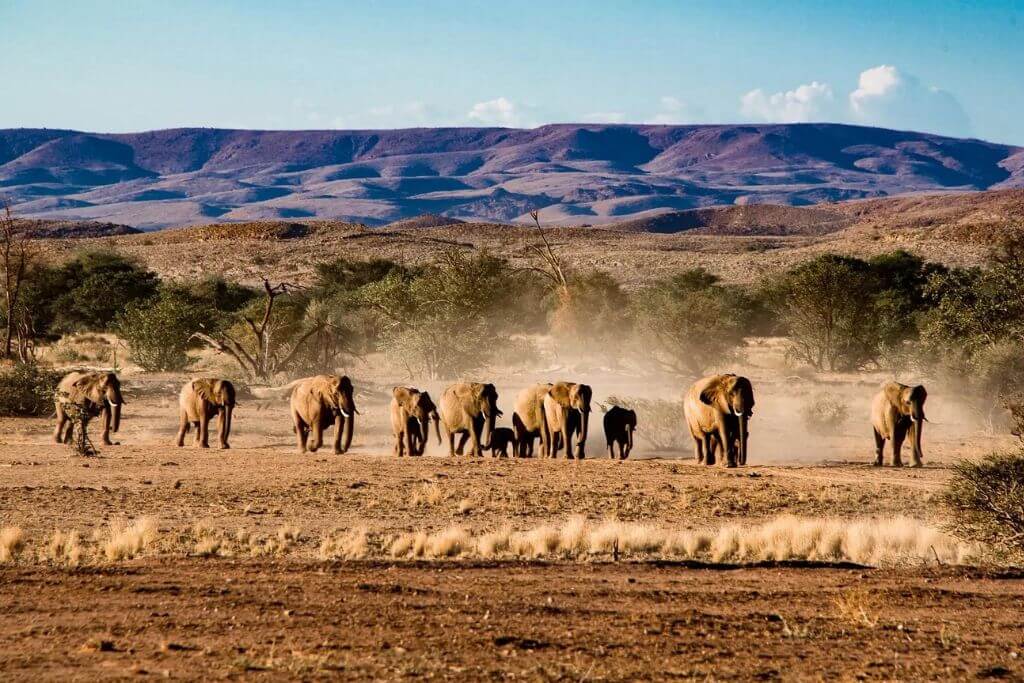
One of the most popular safari places in the world, Etosha is unquestionably the most well-known in Namibia. It’s undoubtedly one of the best possibilities in Africa for individuals who prefer to take a safari on their own. In addition to offering a variety of lodging options, Etosha National Park also features a variety of dining establishments, retail stores, swimming pools, viewing platforms, and gas stations. Luxurious camps in the far-flung regions of Etosha have expanded the park’s selection of luxury lodging.
With a large salt pan that can be seen from space, Etosha is a little different from other African cities. However, wildlife is numerous and congregates near waterholes, making it quite simple to observe. The Etosha National Park is very accessible, and it’s much like any other small park in that you may go around looking for wildlife.
The Etosha National Parks are home to four of the Big 5 (there are no Cape Buffaloes here). The leopard is as secretive as ever and hides in the more populated areas, whereas lions and elephants are widely distributed. One of the great attractions in Etosha is the black rhinoceros, which has a thriving population.
The park is home to 114 different mammal species, including some large animals like cheetahs, giraffes, kudus, wildebeest, hyenas, mountain and plains, zebra, gemsbok, springbok, and eland. The jackal, honey badger, bat-eared fox, ground squirrel, and warthog are among the smaller species that live there.
4. A relatively small and sparsely populated area
Namibia had 2.4 million residents in 2018, yet due to its size, the population is sometimes very sparse. The presence of deserts, particularly the Namib and the Kalahari, is undoubtedly advantageous.
With barely three people per square km, it has the second lowest population density in the world, right after Mongolia. China has 146, the US has 34, and Germany has 232 as a point of comparison.
5. Himba tribes
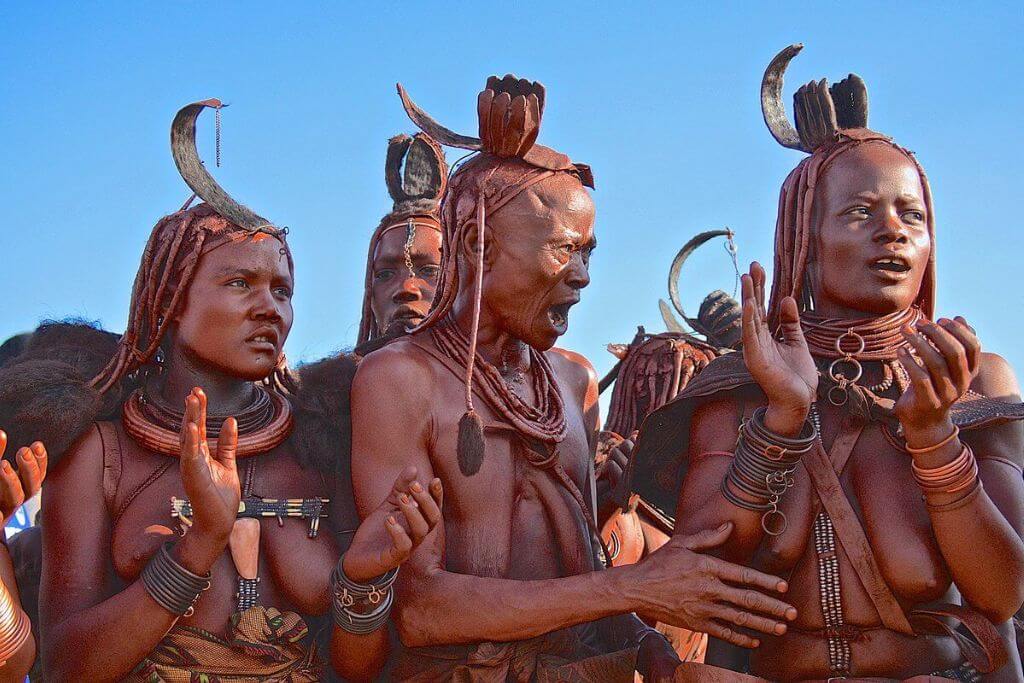
Although you might not be familiar with the Himba tribes, you will almost certainly recognize them from a picture due to their red skin.
The crimson hue on the Himba’s skin is a result of the red ochre cream that they apply to their bodies. The fact that only women do this should be noted. The red cream is not used by men. Thus, they do not have “red skin.”
Small pieces of ochre stone are heated and combined with butter to create the red ochre cream, which is then applied to the skin. It appears that doing so keeps the skin clean and moisturized while protecting it from the hot sun. Some even claim that it prevents body hair from growing.
6. San People
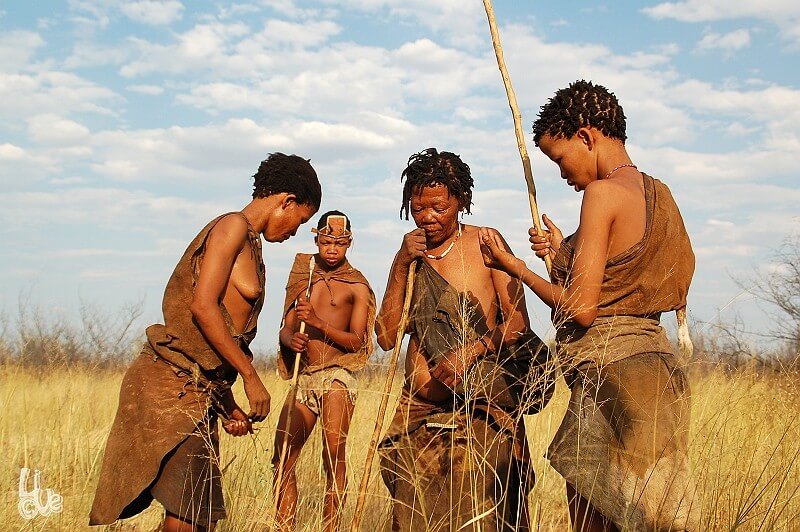
Despite having a very small population, Namibia is home to the San people, also referred to as the bushman. They are also very strange, so you must have heard of them. San people are primarily from the Kalahari Desert, though they can also be found in Botswana, South Africa, and Angola.
The bushman is said to be the region’s earliest resident. They are well recognized for their distinctive click language and ability to survive in dangerous situations. The San people were hunter-gatherers who lacked pottery and lived in the desert in shelters made of rocks. For keeping liquids, they substituted eggshells and animal parts. Their creativity is astounding.
A few times, the San people appeared in the media. The comedy “the gods must be crazy,” which depicts a Kalahari San group’s first contact with an object from the outside world (a Coca-Cola bottle), is undoubtedly the most well-known.
7. Only German colony in Africa
Namibia only recently attained independence. Southwest Africa, sometimes known as South Africa, ruled the nation until 1990. So, Namibia may come up whenever someone discusses Southwest Africa. Namibia was actually a German colony known as German Southwest Africa from 1884 to 1915 before South Africa took control.
There were numerous native uprisings under German authority in Namibia, which resulted in a war and the Herero and Namaqua Genocide, or Namibian genocide, which was anything but peaceful.
German control had an impact despite being brief and brutal. Namibia still has roughly 30,000 people of German heritage living there, and there are still many German names, structures, and enterprises there. If you ever travel to Swakopmund, you’ll enter a strange location where Germany and Africa—two very different things—come together. With German influences and architecture, it resembles an African metropolis.
8. Fish River Canyon
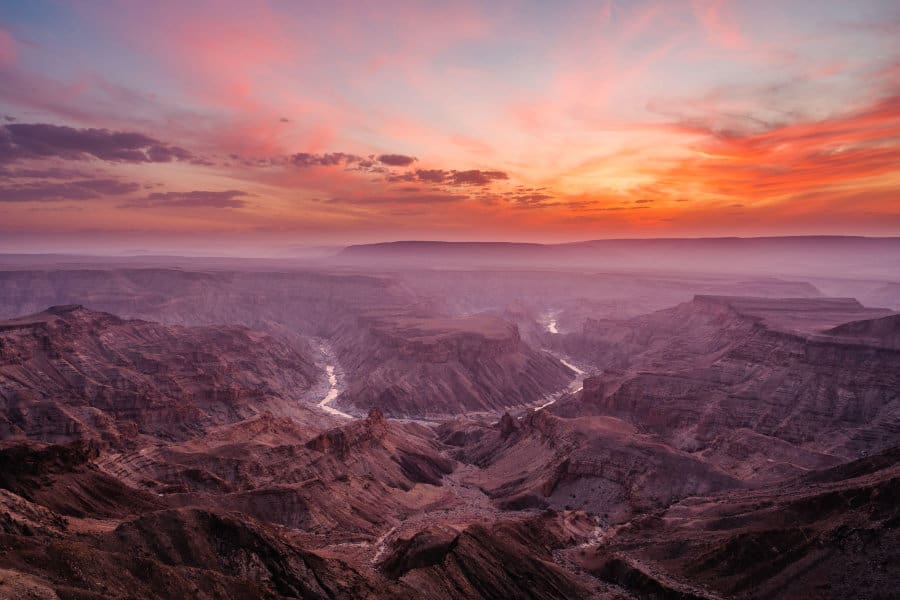
Namibia’s second most popular tourist destination is the Fish River Canyon, one of the country’s most well-known locations. It is the largest canyon in Africa and the second largest in the world, just behind the grand canyon in the United States, and is situated in the southern part of Namibia.
The fish river is up to 500 meters deep, 27 kilometres long, and wide. It originates near Seeheim and runs into the Orange River, which borders South Africa, at Ai-Ais. Archaeologists estimate that the canyon formation is 650 million years old.
The earliest 650 million years of the canyon’s creation. To assist hikers in difficult terrain, chains have been installed. Today, there is also a multi-day hike in the Fish River Canyon that is extremely well-known (among hikers). It is supposed to be both a difficult and breathtaking trek.
9. Skeleton coast
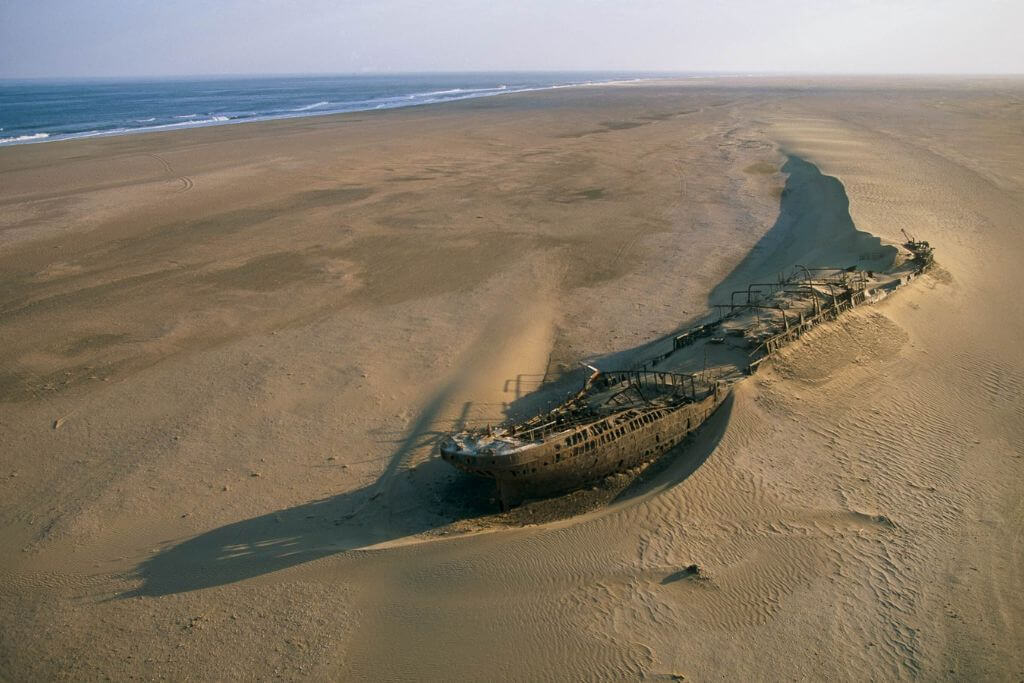
Another well-known, or rather infamous, area of Namibia is the Skeleton Coast. This shoreline, which stretches from southern Namibia to the Kunene River, has a long history of notoriety. The Namib bushman referred to it as “The Land God Made in Anger,” and Portuguese sailors called it “The Gates of Hell,” so it can’t be good, right?
On the beaches along the coast, the surf is constant and strong. Without a boat with an engine, it is difficult to leave the shore and cross the ocean. It’s unbelievable, yet the only way out is to hike thousands of kilometres into the sand desert!
In addition, the area experienced numerous shipwrecks over the course of several centuries due to the persistent and intense fog, offshore rocks, and the aforementioned surf. Yet, with the sand dunes that tumble into the sea, the fossil beds, the unusual vegetation, and the numerous shipwrecks, it has a magical beauty.
10. Cheetahs
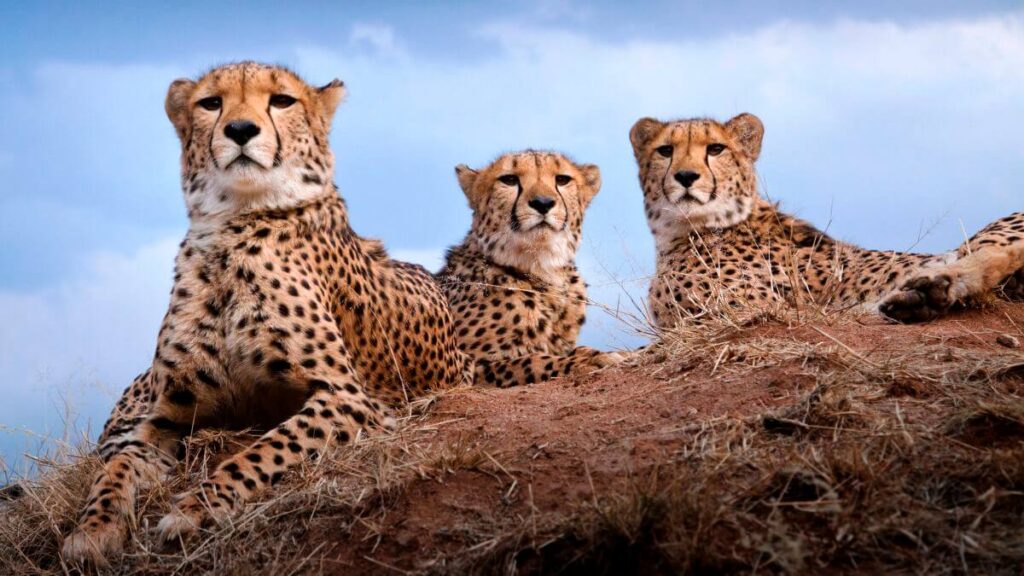
Namibia is well known for having large numbers of cheetahs and black rhinos. Namibia is taking action to protect the cheetah, a species that is thought to be fragile.
The largest cheetah population in the world is found in Namibia. The cheetah is a wonderful animal that is known for being the fastest land mammal in the world, with a top speed of 110 km/h. It is also one of the most endangered big cats, with only 7100 remaining in the wild after a 90% population decline over the past century.
Fortunately, Namibia, which has been making outstanding efforts to preserve this exceptionally large cat species, still retains roughly 3500 cheetahs. If you share our passion for this animal, we urge you to learn more about the Namibian cheetah conservation fund and make Namibia a part of your travel itinerary.
